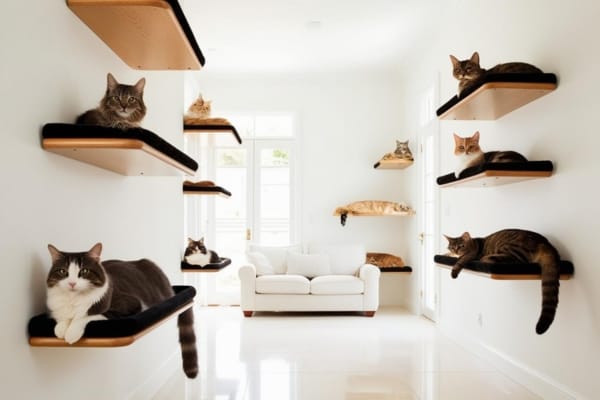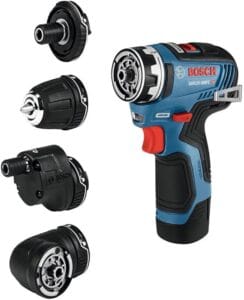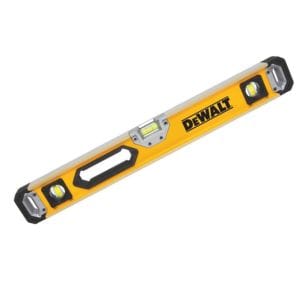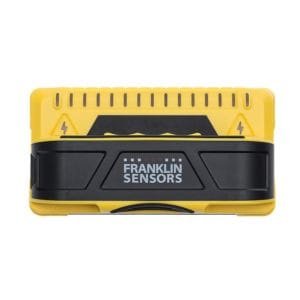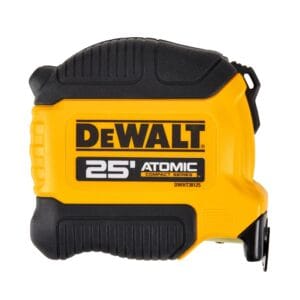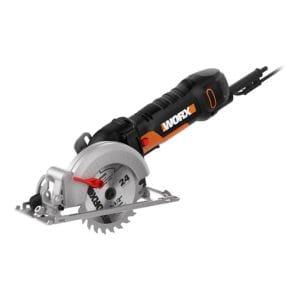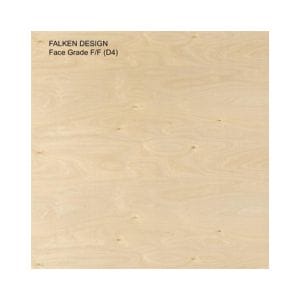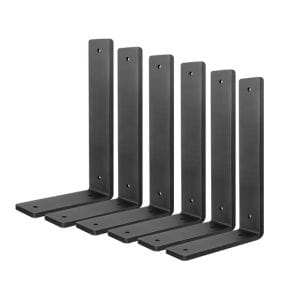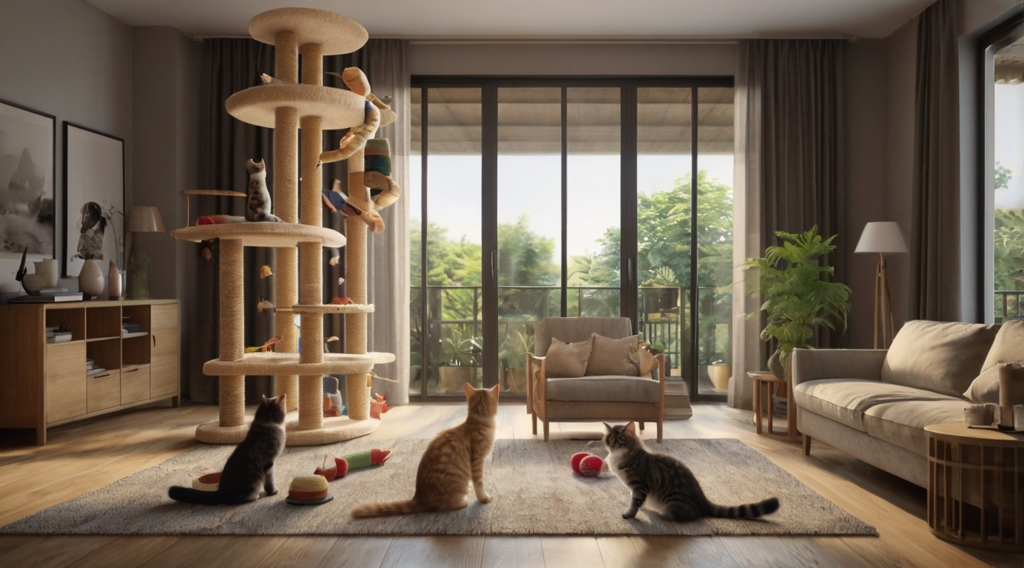This comprehensive guide will show you how to DIY cat shelves and perches that transform your living space into a feline paradise. Your cat’s instinct to climb and observe from high places makes wall-mounted shelves and perches perfect additions to your home.
By building these yourself, you’ll save money while ensuring the structures perfectly match your home’s decor and your cat’s specific needs. Whether you’re a seasoned DIYer or new to home projects, you’ll find these cat-friendly modifications both achievable and rewarding.
Benefits of DIY Cat Shelves and Perches
DIY cat shelves and perches are affordable and can be tailored to your home’s style. They give your cat a place to climb, play, and relax while adding to your decor. Creating these spaces will improve your pet’s well-being and bond with you.
Physical Exercise and Mental Stimulation
Elevated spaces benefit cats by promoting exercise, maintaining muscle tone, and preventing weight gain. Varying heights and distances in DIY shelves create an obstacle course for mental and physical stimulation. Toys or treats can be added for extra enrichment.
Territory Expansion and Vertical Space
The benefits of vertical territory in smaller homes include providing new vantage points for cats to observe their environment and effectively doubling or tripling their usable living space.
To maximize territory, install shelves at different heights and create pathways between them leading to cozy nooks, window views, or feeding stations for your cat to navigate without touching the ground.
Stress Reduction and Behavioral Improvements
Reduction in stress-related behaviors often follows the installation of cat shelves and perches. Your cat gains safe spaces to retreat when feeling overwhelmed, especially in multi-pet households. These elevated areas provide security and comfort, leading to a calmer, more confident pet.
Planning Your DIY Cat Shelves and Perches
It’s important to approach your cat shelf project with careful planning to ensure both safety and functionality. Before purchasing materials or making any installations, you’ll need to evaluate your space, understand your cat’s preferences, and design a layout that works for both you and your feline friend.

Assessing Available Space and Wall Structure
The success of the cat wall system relies on proper space assessment. Check walls for studs, and strength of mounting surfaces, and measure vertical and horizontal spaces. Consider ceiling height, furniture placement, and obstacles for the cat’s movement.
Determining Your Cat’s Needs and Preferences
An understanding of your cat’s personality and habits will guide your design choices. You’ll want to observe where your cat currently likes to perch, how high they typically climb, and their preferred lounging spots throughout your home.
Available options for your cat shelving system should align with your pet’s age, activity level, and physical capabilities. You might need wider platforms for senior cats, multiple levels for energetic climbers, or cozy enclosed spaces for shy cats who prefer privacy.
Creating a Layout Design
Space planning requires careful consideration of climbing paths and resting areas. You’ll want to sketch your design, marking specific heights and distances between platforms to ensure your cat can navigate comfortably between perches.
Needs-based design elements should include varying heights, platform sizes, and features like scratching posts or hideaways. Your layout should create an engaging pathway that encourages natural climbing behavior while maintaining safe distances between platforms – typically 18-24 inches for adult cats.
Materials Needed for DIY Cat Shelves and Perches
You’ll need a combination of sturdy building materials, reliable hardware, and comfort elements to create safe and appealing perches for your feline friend. Here’s a comprehensive list of everything you’ll need to get started.
Essential Tools and Hardware
You’ll need basic tools to complete this project successfully. Your toolkit should include a drill with various bits, a level, a stud finder, measuring tape, pencil, and screwdriver. Don’t forget a saw if you’re cutting wood to size, and make sure you have a collection of screws, wall anchors, and brackets suitable for your wall type.
Recommendation Tools for DIY Cat Shelves and Perches
Wood and Mounting Materials for DIY Cat Shelves and Perches
Wood selection forms the foundation of your cat shelves. You’ll want to use sturdy materials like pine, birch, or oak plywood, at least 3/4 inch thick. Your mounting supplies should include heavy-duty L-brackets, wall anchors rated for at least 50 pounds, and wood screws appropriate for your chosen materials.
Needed mounting materials vary based on your wall type and shelf design. For drywall, you’ll need toggle bolts or wall anchors rated for heavy loads. If mounting to studs, 3-inch wood screws provide excellent support. Consider hidden bracket systems for a cleaner look, but ensure they can support at least three times your cat’s weight
Recommendation Materials for DIY Cat Shelves and Perches
Comfort and Safety Materials
Comfort is key when selecting finishing materials for your cat shelves. You’ll need carpet, sisal rope, or fabric to cover the surfaces, providing grip and comfort for your cat. Add non-toxic wood sealant to protect against moisture, and rubber bumpers to prevent wobbling.
Materials for comfort and safety shouldn’t be overlooked. Consider using high-density foam beneath the carpet or fabric covering for your cat will need adequate padding. You can add sisal rope wrapping for scratching areas, and ensure all edges are smoothed and corners rounded. Anti-slip materials on walking surfaces help prevent accidents, especially for older cats or during playful moments.
Step-by-Step Guide to Building DIY Cat Shelves and Perches
Your cat’s dream playground starts with proper planning and the right materials. Follow this comprehensive guide to create safe, sturdy, and engaging cat shelves that will transform your walls into an exciting feline activity zone.
Basic Shelf Construction
If you’re new to DIY projects, start with a simple floating shelf design. Cut your wooden board to size, sand the edges smooth, and apply your chosen finish. Locate the wall studs using a stud finder, mark your mounting points, and secure the brackets firmly to the wall before attaching your shelf.
Adding Climbing Features
StepbyStep integration of climbing elements transforms basic shelves into an engaging vertical playground. Connect multiple levels using sturdy ramps covered in carpet for better grip, and install support posts wrapped in sisal rope to create natural climbing zones.
Plus, you can enhance the climbing experience by varying the heights and distances between platforms. Consider adding curved ramps, bridges, or tunnels to create more interesting paths. Make sure each climbing element can support your cat’s weight and provides enough traction for safe navigation.
Incorporating Scratching Areas
The addition of scratching zones makes your cat shelves more functional and appealing. Wrap vertical posts or shelf edges with sisal rope, or attach carpet pieces to create designated scratching areas that satisfy your cat’s natural instincts.
It’s best to incorporate multiple scratching surfaces throughout your cat shelf system. Consider alternating between different materials like sisal, carpet, and cardboard to provide texture variety. Position scratching areas near climbing spots and resting platforms where your cat naturally pauses during exploration.
Installing Cat Shelves and Perches on the Wall
Once again, proper installation is key to creating a safe and sturdy climbing environment for your cat. Before mounting any shelves or perches, you’ll need to plan your layout carefully, considering your cat’s jumping abilities and natural climbing patterns. This section will guide you through the crucial steps of secure installation, from finding wall studs to ensuring proper weight distribution.
Wall Preparation and Stud Location
A crucial first step in your installation process is locating the wall studs. You can use a stud finder to mark their positions, typically spaced 16 inches apart. If you’re working with drywall, you’ll want to ensure at least one mounting point connects to a stud for optimal support. Clean the wall surface thoroughly and patch any existing holes before beginning your installation.
Proper Mounting Techniques
To ensure your cat shelves stay securely in place, you’ll need the right hardware and tools. Use heavy-duty mounting brackets and screws that are appropriate for your wall type. When mounting into drywall, toggle bolts provide additional support where stud mounting isn’t possible.
Stud mounting requires pre-drilling pilot holes to prevent wood splitting and ensure a straight installation. You’ll want to use a level to mark your mounting points and double-check that each shelf is perfectly horizontal before final tightening. For corner installations, use angle brackets for added stability.
Weight Distribution Considerations
Little details make a big difference when it comes to weight distribution. Each shelf should support at least three times your cat’s weight. Space your shelves and perches to create comfortable jumping distances while ensuring the mounting points can handle both static and dynamic loads.
A well-planned weight distribution system takes into account your cat’s activity patterns. You’ll want to position support brackets near the ends of longer shelves and consider using additional central supports for spans over 24 inches. Test each installation by applying gentle pressure before allowing your cat to explore their new climbing space.
Maintenance and Upkeep of Cat Shelves
Your DIY cat shelves need consistent care to maintain their functionality and appearance. By following proper cleaning procedures, conducting regular safety checks, and addressing repairs promptly, you can ensure your feline friend enjoys their vertical space for years to come.
Regular Cleaning Procedures
While daily spot cleaning might seem sufficient, you’ll need to deep clean your cat shelves at least once a month. Use pet-safe cleaners to wipe down surfaces, paying special attention to areas where your cat frequently rests. Vacuum or brush off cat hair, and wash any removable fabric components according to care instructions.
Structural Integrity Checks
The stability of your cat shelves should be evaluated monthly by checking all mounting points, brackets, and support structures. Test each shelf by applying gentle pressure to ensure it remains firmly attached to the wall. Look for signs of wear, loose screws, or any movement that could indicate potential safety issues.
Plus, you’ll want to inspect the shelf surfaces for any damage, such as splintering wood, fraying carpet, or worn-out sisal rope. Pay close attention to high-traffic areas where your cat frequently jumps or scratches. If you notice any wobbling or unusual movement, immediately address the issue by tightening hardware or reinforcing mounting points.
Replacement and Repair Guidelines
Guidelines for replacing or repairing cat-shelf components depend on the materials used and wear patterns. You should replace carpet coverings when they become matted or torn, refresh sisal rope when it starts unraveling, and update mounting hardware if it shows signs of strain or rust.
Understanding the lifespan of different materials helps you plan maintenance effectively. Your wooden shelves might need refinishing every few years, while carpet surfaces typically last 12-18 months depending on use. Keep spare materials on hand for quick repairs, and consider upgrading components with more durable alternatives if you notice frequent wear in specific areas.
Encouraging Your Cat to Use the Shelves
Keep in mind that cats may need time to adjust to their new climbing spaces. While some cats will naturally gravitate toward elevated spaces, others might need gentle encouragement to explore their vertical territory. Your patience and consistent approach will help your cat feel comfortable with the new additions to their environment.
Training Techniques
Any successful training starts with making the shelves inviting and accessible. You can guide your cat to the shelves using their favorite wand toy, creating an engaging path upward. Start with lower shelves and gradually encourage exploration of higher perches as your cat builds confidence.
Positive Reinforcement Methods
Little rewards go a long way in encouraging your cat to use their new climbing spaces. When your cat shows interest in or uses the shelves, offer treats, praise, or gentle pets – whatever motivates them most.
It’s necessary to be consistent with your rewards and timing. When you notice your cat exploring or resting on the shelves, immediately provide positive reinforcement. This helps create a strong association between the shelves and pleasant experiences, making them more likely to return to these spots.
Conclusion
Following this guide will help you create safe, engaging cat shelves and perches that transform your living space into a feline paradise. By selecting appropriate materials, ensuring secure mounting, and incorporating your cat’s preferences, you’ll provide your pet with an enriching environment that satisfies their natural climbing instincts. Your DIY cat furniture not only saves money but also allows you to customize the design to match your home’s aesthetics. With these elevated spaces, your cat will stay active, content, and mentally stimulated for years to come.

